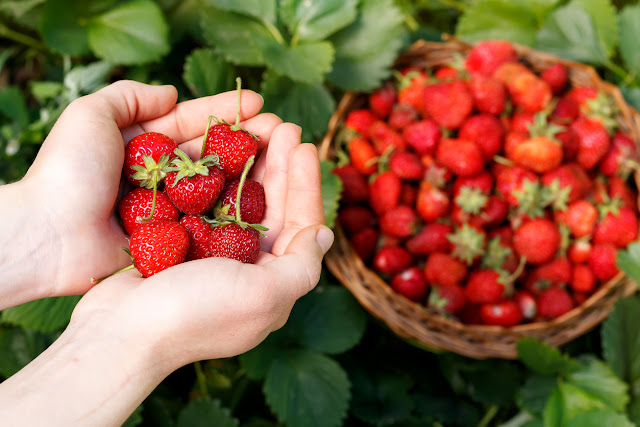Shop, Eat and Play at Jungceylon Shopping Mall
 |
| Photo Hotels.com |
Have a go at Thai Boxing
If you have already taken a stroll down Bangla Road by Patong Beach, you will realise just how popular Thai boxing is. Exciting enough on TV, if you are not going to attend a live show, you can take a class. There are many training camps all over Phuket and all cater for different skill levels from beginners to professionals.Visit Phuket Trickeye Museum
Phuket Trickeye Museum is a fun attraction in Phuket Town and a perfect escape for a couple of hours on a rainy day. Located not far from the old Phuket Town, it is easy to reach and can be combined with some nearby museums visits. The price is a bit high, but if you have kids you will not regret all the fun poses and funny photos you will be taking back home.Have a Thai massage or Spa treatment
You deserve it. There is plenty of alternatives and style of massage all over the island, well, all over Thailand. A traditional Thai massage, firm, medium or light, will be an experience you will always remember. Do not ask for firm unless you are prepared for some PAIN! Despite the publicity, most massages do not include a happy ending. Unless you are in Patong, you are probably not going to get that ‘optional extra’.There are also plenty of spas for all sorts of additional indulgences. Many of the bigger international hotels have excellent spas for ‘walk-in’ customers. Leave the rain and wet outside and enjoy.
Join Thai Cooking Classes
Learn how to cook Thai food and impress your friends and family. Thai cuisine is a unique blend of tastes and textures that has developed over hundreds of years. The beautiful part of is that you can learn to prepare it in a single class! Go shopping with the chef, prepare the ingredients under his supervision, enjoy your own cooked meal and get a certificate. It is that simple. A number of resorts offer indoor programs for adults and kids as well as fruit-carving classes. It is truly a great rainy day activity.Scare yourself at Game Space
 |
| Photo Hotels.com |
See more: Discover interesting spots from Phuket, Thailand
Source Internet


















